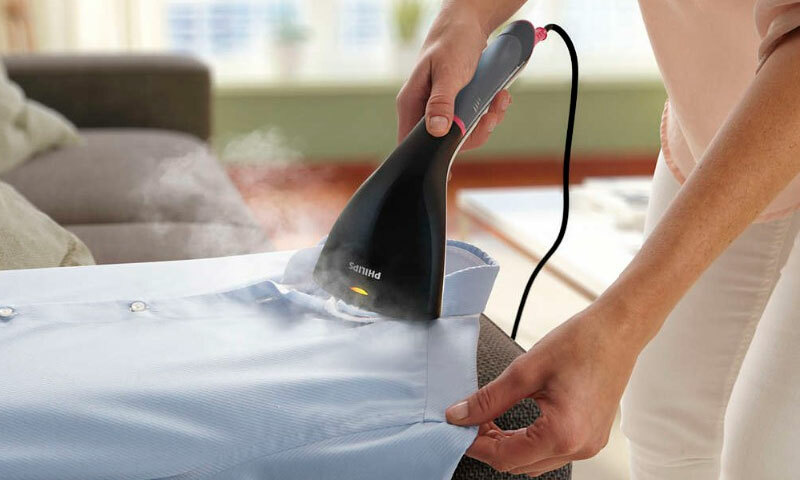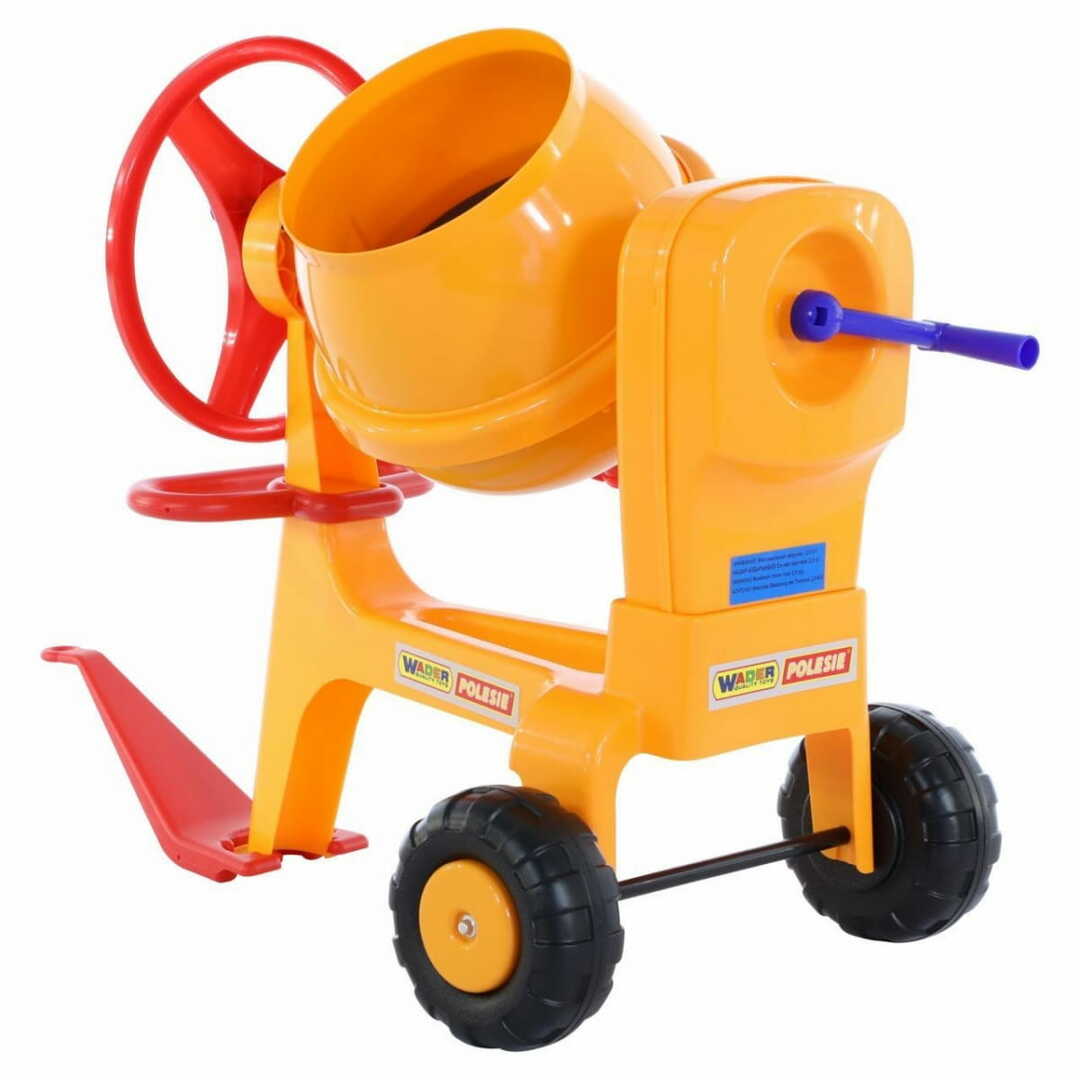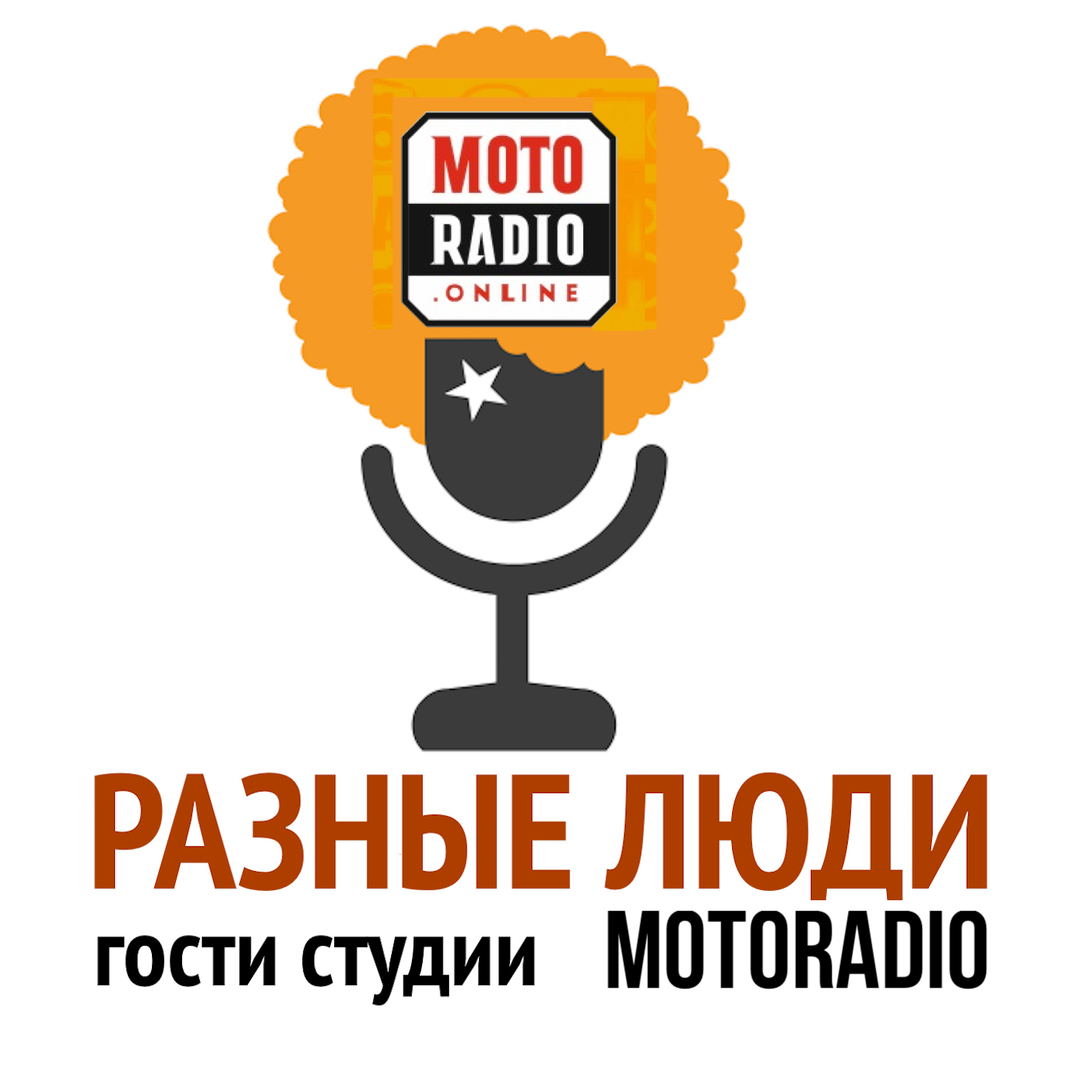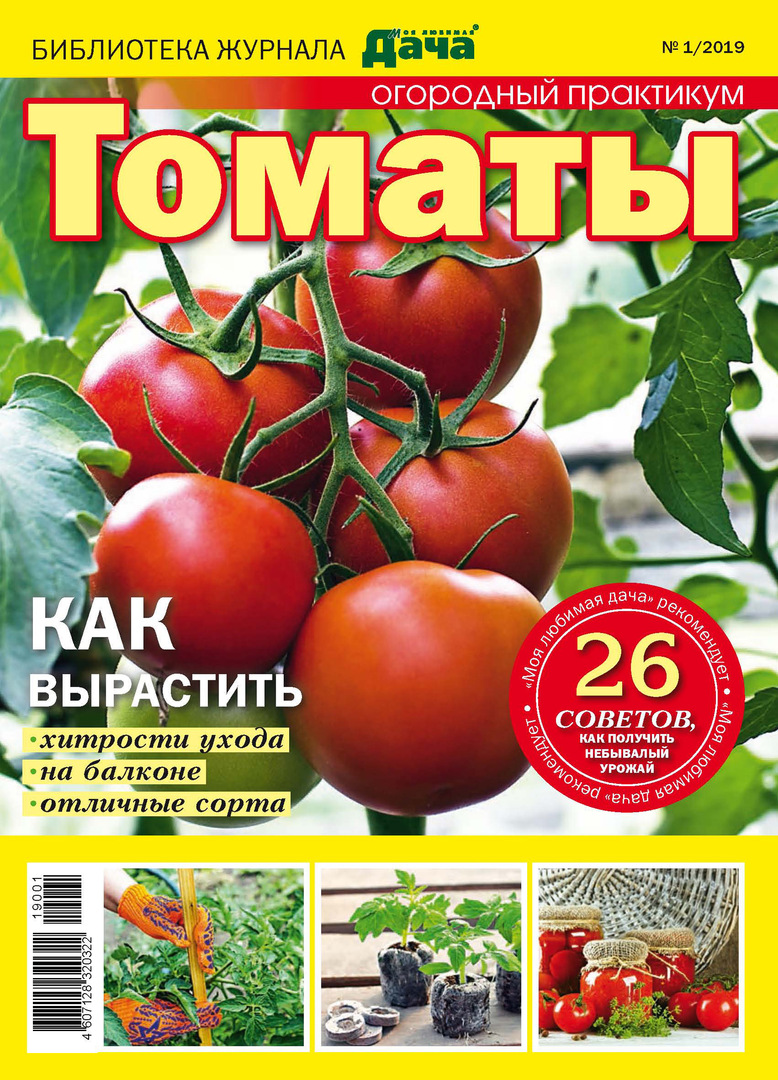Some things simply can not be ironed - even at the lowest temperature. In order not to damage the delicate fabric, beautiful embroidery or a scattering of beads and sequins, clothes need to be stripped off. And it is more convenient to do this with a special device. But since the steamers are so new to many of us, choosing the right model will be difficult. Yes, and use these units must be able. Our article will help you with the first question, the second one will have to be dealt with on your own. But you should not be afraid - you will get comfortable quickly, and it's almost impossible to spoil your favorite thing with a steamer.

Contents:
- Top garment steamers
- Principle of operation and device
- Kinds of steamers for clothes
- Selection parameters for
- Which clothes steamer to choose
- How much are the steamers for clothes
The best producers of steamers for clothes - which company to choose
For those,who are not ready to delve into the features of modern ironing equipment, it will be enough to remember the list of the best grades of steamers that will never let you down:
- Philips
- MIE
- Karcher
- Kitfort
- Polaris
Excellent models of steamers from these manufacturers with a description of all their pros and cons are found in the article about the best steamers. However, before we advise you still to read about the rules for choosing this technique, taking into account the characteristics of your wardrobe, so you do not have to climb back into the cupboard behind the old iron.
Principle of operation and device

There is nothing complicated in the design of household steamers for clothes - everything works here, like in an electric kettle. The water is poured into the tank, where it is heated by a conventional heater, catching up to +100 ° C.The formed wet steam exits through the nozzle or nozzle with holes.
You just need to drive this "ironing" on the hanging fabric, gently leveling the fibers. This treatment is absolutely harmless even for very thin and delicate materials. At the same time hot steam perfectly smoothes them, leaving no occasional wrinkles and "prints" of internal seams, like after an iron.
The internal arrangement of steamers operating under pressure is slightly more complicated. Here already the capacity of the evaporator is closed by a tight valve. He does not let the steam out until the pressure is high enough inside or you press the button to release it. These models are more effective and able to cope with heavy autumn jackets, winter coats and even fur products.
Different types of steamers can have their own design features( tripod, handle, hose feed), but by and large they consist of only three basic elements:
- Water tank;
- Boiler compartment;
- Spout or iron with holes for steam outlet.
Kinds of steamers for clothes
Hand-held

The most compact models often look like a clothes brush( only without a pile) or a small kettle with a nozzle-iron. A small housing does not allow you to hide inside a powerful TEN or a capacious water tank. But such steamers are easy to fit into the travel bag.
Pros:
- Ease of use;
- Light weight and compact size;
- It is easy to reach the top of the curtains on the eaves;
- There are models that work autonomously - from batteries;
- Low cost.
Cons:
- Small volume of the tank;
- Low flow rate;
- Not suitable for long-term operation - the limit is 15-30 minutes followed by a break.
Hand steamers are more convenient to take with you on the road or on a business trip, when you need to put in order one or two things personal wardrobe, and not a whole stack of laundry.
Vertical

All budget models of floor steamers have a gravity steam supply system. Forming in the boiler of the lower box, it is forced through the hose to the nozzle-ironing. Because of this short journey, the temperature at the outlet drops slightly - up to +98. . + 99 ° C, but the steam still works. Such devices are suitable for the care of medium-density tissues.
Also in this family are steamers that work under pressure. They give out a jet of steam about 3 atm, which allows it to penetrate deeply even through tight coat fabrics.
Pros:
- Large tank volume increases the operating time at one gas station up to 1-2 hours;
- Convenience in handling - in hands it is necessary to hold only an easy ironing;
- Simple and reliable design;
- Affordable price.
Cons:
- No small size;
- High power consumption;
- It is necessary to wait for the water to warm up( and the necessary pressure will be typed).
Vertical models are very comfortable when ironing everyday wear. They always come with a tripod, on which you can fasten your hangers and hang things for steaming.
Pump

These devices also work with forced delivery of steam under pressure, only it is formed somewhat differently. It does not boil the entire volume of water in the tank - it is pumped by a pump on the hot TEN dropwise and evaporates sharply. It turns out a kind of mini explosion, which increases the pressure in the boiler room. Then everything works as standard: the valve opens and the steam escapes with force. This process you control yourself - with the help of a button located on the iron.
Pros:
- More intensive steam flow;
- Quick and effective smoothing of things;
- Steam under pressure easily penetrates even through a thick fabric;
- Convenient feed control;
- Unlimited time of continuous operation( if only there was enough water).
Cons:
- The pressure of the released steam drops rapidly;
- No small price.
Pump steamers do the best job of ironing heavy things from fur and dense fabrics( drape, tweed and felt).
Combined

Represents a hybrid of steamer for clothes and household steam cleaners, which makes them more efficient and functional. Here the steam is supplied under constant pressure( from 3 atm and above) and can be used not only for ironing, but also for safe cleaning in the house or cleaning of heat-resistant surfaces.
Pros:
- Ability to handle heavy fabrics;
- Disinfection and elimination of unpleasant odors;
- A large number of replaceable attachments in the kit;
- Functionality.
Cons:
- High price.
- Provides an excessive amount of steam.
Perfectionists and fans of absolute purity without the use of chemistry will appreciate the capabilities of combined steam cleaners. Changing the nozzles, one and the same device can and capricious things to put in order, and wash the fat from the tile in the kitchen.

Selection Parameters
Steam Intensity This characteristic is directly related to the capacity of the equipment and determines how thick the fabric can smooth out such a steamer and how quickly it will cope with them.
Average flow rate of 30-50 g / min - this is enough to tidy up home textiles and most of the things from your wardrobe. Such parameters are available for vertical strippers of medium price category with capacity from 1.5 to 2.3 kW.With one adult thing they cope for 1.5-2 minutes.
For most budget and manual models, the feed rate is much lower( 13-20 g / min) at a power of up to 1.5 kW.They need about 3 minutes to steam out, say, a man's shirt.
Intensity 55-70 g / min shows pump units delivering steam under pressure. Here the power is not critical, and the ironing of one thing takes a minute and a half.
You should not jump above the figures given above, if your task is to pat clothes, and not to wet it. However, combined steam cleaners can get a flow of 85 g / min or more, but after such processing things will have to be left to dry.
Volume of the tank
This figure determines how long you can work with the steamer at one gas station. The volume of the water tank depends on the design of the device:
- 50 to 800 ml contain manual models;
- from 750 ml to 3.8 l - floor.
If you are going to patch a whole heap of clothes with a steam appliance, it is better if its capacity is not less than 1-2 liters. Usually this is enough for an hour and a half of work. It is important that the unit itself is designed for such a long-term use.
Heel material ironing
Many people think that it does not matter, because the temperature at the outlet of the steamer is relatively low, and contact with the cloth is minimal. In fact, the speed of its warming depends on the nozzle material, that is, the time it will have to wait before starting to iron. Otherwise, the steam will simply condense on ironing and leave on the clothes wet spots.
Manufacturers offer 3 options to choose from:
- Plastic - lightweight, cheap, "warm", but short-lived;
- Metal - good if the iron has a heating function, otherwise the steam will condense on it;
- Ceramics - like metal, it will take 5 minutes to warm up.
All listed materials do a good job, but if you do not want to waste time and electricity on heating up the ironing, it's worthwhile to stop on plastic nozzles. At least - when buying small steamers with a short cycle of continuous operation.
Completion
In many ways depends on the cost of the steamer, but for the sake of justice we note that most of the complete attachments are practically useless. Of the necessary can be called only a brush for cleaning clothes and clamps, with the help of which the trouser arrows are refreshed. All other accessories are desirable, but without them it is easy to do.
These optional items are:
- Pocket stripping board;
- Heat-Protective Mitten;
- Spot nozzle;
- Shoulder - if you take it, then sliding, with adjustable size.
Floor models should also pay attention to the design of the rack. Here the following options are possible:
- Nondividible - suitable if you use a steamer on a daily basis or have enough space to store it in its full size.
- Telescopic - decomposes and folds if necessary remove the steamer until the next ironing.
You should also pay attention to the height of the staff rack and the ability to adjust it. Well, if it is 15-20 cm higher than the growth of the owner or mistress - then it will be more convenient to use it. Alas, in most cases it is necessary to be satisfied with what producers offer - steamers with racks from 165 to 185 cm.
Which clothes steamer to choose

1. If you just need to refresh the clothing set( on the road, on a business trip or just before going to work), take a small hand-steamer with a reservoir up to 200 ml. It is useful also for care of curtains, if you will not remove them from cornices - the length of a hose of a floor model simply will not allow to reach the very top of panels.
2. To care for all of your wardrobe( including jeans and heavy coats of thick fabric with lining) you need a powerful steamer. At least 1700 W with a steam intensity of 30-50 g / min and preferably under pressure.
3. In the atelier and shops, where you need to smooth out a lot of different things, and good speed is important, only a powerful steamer will cope with the problem, creating an output pressure of 2-3 atm. It should be a floor pump model with a capacious tank of at least 3 liters. A regulated supply of steam will not spend it in vain.
4. If you like multifunctional equipment or simply can not store a whole fleet of household appliances in the house, buy one combined model instead of a steam generator and a steamer for clothes. She and the things will help to keep in order, and will set the perfect cleanliness in all rooms. The volume and power here in any case will be sufficient, the main thing is that there is a function of horizontal stripping.
How much do the steamers for clothes

1. "Road" steamer, depending on the manufacturer, will cost between 500-7000 rubles.
2. Manual model, but already in the form of a kettle and, accordingly, with a large volume of the tank will cost cheaper - from 400 to 2500 rubles.
3. Gravity floor steamer can be bought for 2-4 thousand, with the supply of steam under pressure - from 3 to 6 thousand rubles.
4. Universal steamers with an additional cleaning function cost about 5000-7000 rub.



